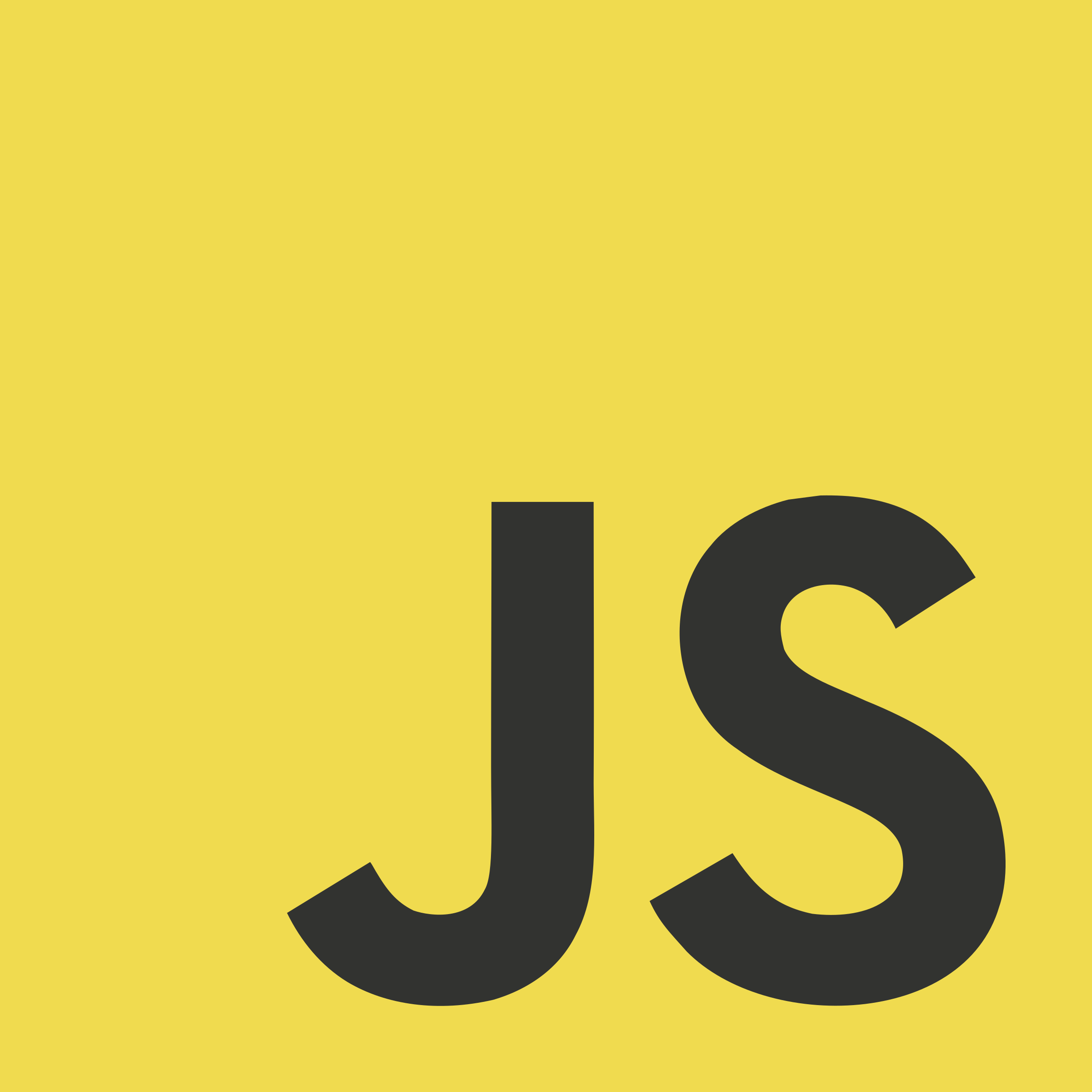Open source
llhttp - new HTTP 1.1 parser for Node.js | JS Conf 2019
Node.js has been using a derivative of nginx’s parser with a lot of customization/rewrite since its inception. Despite being fast enough, the project architecture made it very hard to maintain in a long run. To mitigate that, the author has created a tool to generate the new HTTP parser called “llhttp” from the TypeScript code in understandable, verifiable, and maintainable way. Incidentally, the performance of “llhttp” is two times better than of the old parser. In this talk we’ll walk through the basics of generating such parsers and how “llhttp” works.
ReadRecreating Retro Computer Art with JS! | JS Conf 2019
Before personal computing became a thing, there was a handful of programmers and artists saw computers as a tool beyond their intended purpose: to create art. In this talk, we will explore the early history of computer art, from ghostly oscilloscope paints to pre-ASCII text art. We’ll discuss how simple techniques with limited technology back then could yield compelling pieces. We’ll see how the history of computer displays and printers have evolved in the 1950s to 1980s. While quite a bit of retro art survives today, most of them do not come preserved with their algorithms. In this talk, I’ll also demo some attempts to recreate retro art pieces using p5.js, a JavaScript graphics library as well as talk through some of the techniques of creating generative computer art.
ReadThe Case for Augmented Reality on the Web | JS Conf 2019
Augmented reality is already making its way into everyday browsers! This talk will dive into what that might mean for the traditional web developer, and why developing immersive experiences makes so much sense on the web, even in the face of native alternatives. We will cover topics like off-the-shelf web technologies, performance, and privacy all in the context of augmented reality.
ReadEmbedding V8 in the real world | JS Conf 2019
V8 is the JavaScript engine powering Google Chrome, Node.js and NativeScript. NativeScript embeds V8 to process JavaScript and dynamically call Android APIs. This enables developers to write Android applications in JavaScript and directly access the underlying OS. Come to this session to learn what challenges the NativeScript team met embedding V8 in a mobile framework and how you can power any C++ based application with one of the most sophisticated JavaScript engines.
ReadTensorFlow.js: Bringing Machine Learning to the Web and Beyond. | JSConf EU 2019
Machine Learning is a powerful tool that offers unique opportunities for JavaScript developers. This is why we created TensorFlow.js, a library for training and deploying ML models in the browser and in Node.js. In this talk, you will learn about the TensorFlow.js ecosystem: how to bring an existing ML model into your JS app and re-train the model using your data. We’ll also go over our efforts beyond the browser to bring ML to platforms such as React Native, Raspberry Pi, and Electron, and we’ll do a live demo of some of our favorite and unique applications!
ReadBlock, unblock, block! : How ad blockers are being circumvented, and how they are fighting back. | JSConf EU 2019
As usage of ad blocking software has risen over the years, an entire micro-industry has popped up catering to publishers - promising to get around the ad blocker and show ads to users of ad blocking software. Some of these techniques rely on browser bugs, or limitations of browser extensions and some are just extremely creative ways to get around ad-blockers. This has forced ad blockers to come up with their own ingenious ways to counter and block the circumvented ads. In this talk, we’ll go over some of the techniques used in this cat and mouse game between ad blocking extensions and the people who want to circumvent them. It’s a fascinating peek into a world very few people seem to know.
Readanimations - learning from cartoons | JSConf EU 2019
With CSS animations and web animations moving elements became possible in the browser. But how one moves an object in such a way that it appears “correct” for the human eye? How does a motion feel natural? These and similar questions confronted the artists who brought cartoons to life as early as 1906. Let’s take a look behind the scenes and see how drawings learned to walk and what we can learn from it for animations in the browser.
ReadOffline-first data: Getting Bigger | JSConf EU 2019
Offline capable web apps have come a long way in just a few years. Tools like service workers, PouchDB & CouchDB gave answers to the first questions of “can we do this, where do we begin?”, pushing new possibilities to the browser. But taking the medical supply system online & offline for Africa’s most populous country asked us a whole new set of questions. How do you model distributed data and scalable code for 30,000 clinics? What about that growth is easy to mess up, and how do we plan for it?
ReadYarn - 2019 and beyond | JSConf EU 2019
Since its creation in 2016, Yarn continuously pushed for better standards in the JavaScript ecosystem in particular. Dependency locking, built-in monorepos, zero-network modes, Plug’n’Play resolution, we’ve been on all fronts. Let’s discuss what we have in store for the future, and what it means for our ecosystem!
Readjavascript considered...useful | JSConf EU 2019
Most people connected to the Web are carrying JavaScript in their pocket without even knowing it, and those of us making tools for building with it are either unaware of or blissfully ignoring that population. While JavaScript’s pervasiveness grows, so is the gap in its literacy, and this is a gap we need to solve if we’re ever going to survive self-driving cars on the blockchain. Let’s talk about JavaScript, the tool, as opposed to JavaScript, the Oracle-run Twitter account.
Read